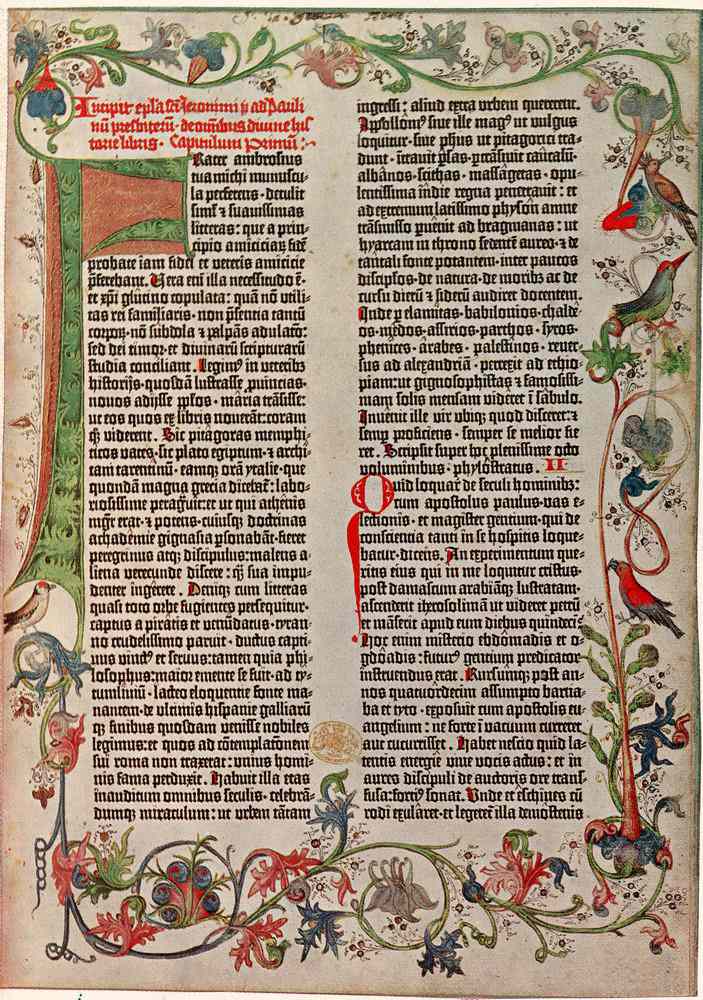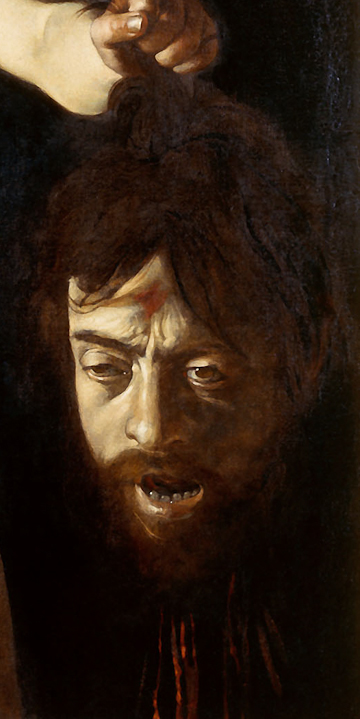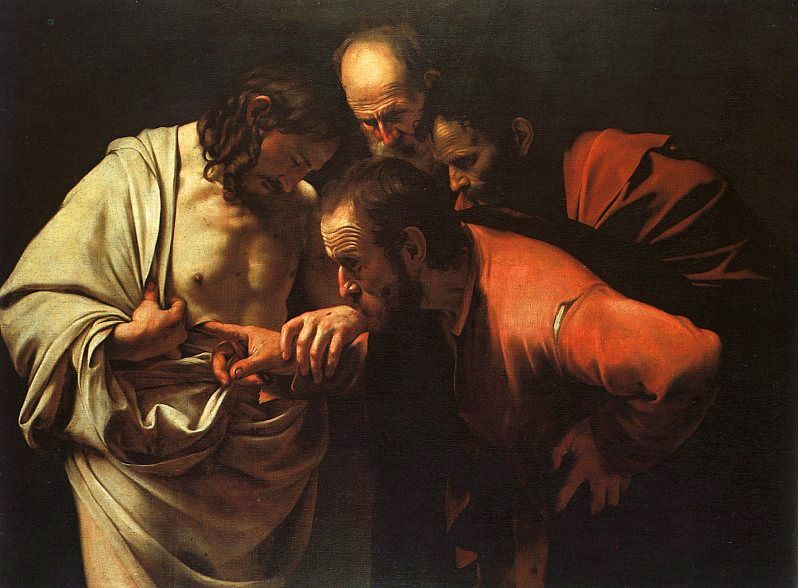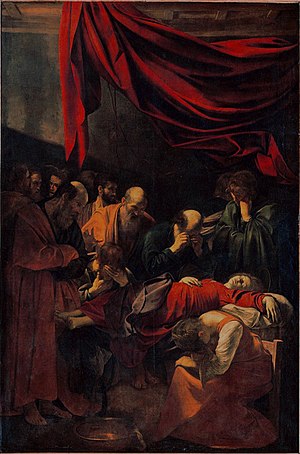Typography: Gutenberg’s printing press
We just want to read the Bible! give books. now.
Johannes Gutenberg can be considered the father of western printing technology. He replaced wood-based printing with metal text blocks in 1450, which is the first metal movable type. This was a revolutionary step to printing in Germany, as it allowed books to be printed in large quantities of copies.

It is believed that Gutenberg had borrowed money from a business partner who believed in Gutenberg’s innovative idea—-Johann Fust. Fust lent 800 guilders to Gutenberg which kickstarted the printing career (Gutenberg was kinda broke). Gutenberg continued to improve the press while updating new versions of it, slowly but surely perfecting what he had to work with. In 1455, Gutenberg published the 42-line Bible which contained easy-to-read text in gothic font, and even colored illustrations, which was very popular amongst the churches. Great job at finding your first target audience, Gutenberg :).

However, in 1456, Fust grew impatient and demanded the loan to be returned. This issue quickly escalated to court, and Gutenberg lost the trial. In the end, Gutenberg was unable to pay 2,026 guilders (gasp) —- much more than the original amount because of added interests. This resulted in his invention being taken away from him, and the press was handed to Fust (come on Gutenberg, you can do better than that). Fust carried on with this technology and explored new printing strategies and fonts, and it is believed that he credited Gutenberg as he did so. Some also believe that while Gutenberg became bankrupt, he had the freedom to open his own small printing shop, and continued from there. Although Gutenberg isn’t the first person to use printing technology, he definitely made revolutionary advances and brought it success in the western world. I personally think if he dealt with the money before wanting to perfect the technology, he and Fust possibly could have been great partners for a longer period of time and made even better improvements to the printing press.

Art – the Renaissance and the Baroque painters
There’s this Artist who was definitely wild and you’ll quickly see why.
The 14th century is considered to be a rebirth and revolution in the art world by many since some of the most influential artists in art history originated from this era. The infamous father of Baroque painting, Caravaggio, is one of them. When the Italian painter first settled in Rome, he was greatly influenced by previous artists such as Masaccio and Giotto, masters of the Renaissance era. However, Caravaggio’s art shook the art world by using his own naturalistic interpretations.

Caravaggio took Chiaroscuro to the next level by pushing the contrast of light and dark in his works, which is an iconic characteristic of his paintings. Using this technique, he often depicted the biblical events as dark, gruesome, gory, but still natural and realistic to the point where the audience immediately puts themselves inside the image. This was the magic of his paintings. As you can imagine, controversies emerged because Biblical stories were not always pretty in his paintings, and not everyone was a big fan of that.

He went on to influence many great artists after him who also made great impacts on the art world, such as Rubens, Velazquez, and Rembrandt. Without Caravaggio’s works, art would not be what it is today.

As you can probably tell, these people didn’t always look like the prettiest Gods and Goddesses. That’s because Caravaggio wanted the paintings to look natural and believable, so he picked models from people on the street. This is also why his naturalistic style is so different from previous famous artists, as they were mostly about “photoshopping” and idealizing the figures to look perfect.
Sources
http://www.visual-arts-cork.com/old-masters/caravaggio.htm
https://en.wikipedia.org/wiki/List_of_paintings_by_Caravaggio
https://www.thoughtco.com/johannes-gutenberg-and-the-printing-press-1991865
https://www.history.com/topics/inventions/printing-press